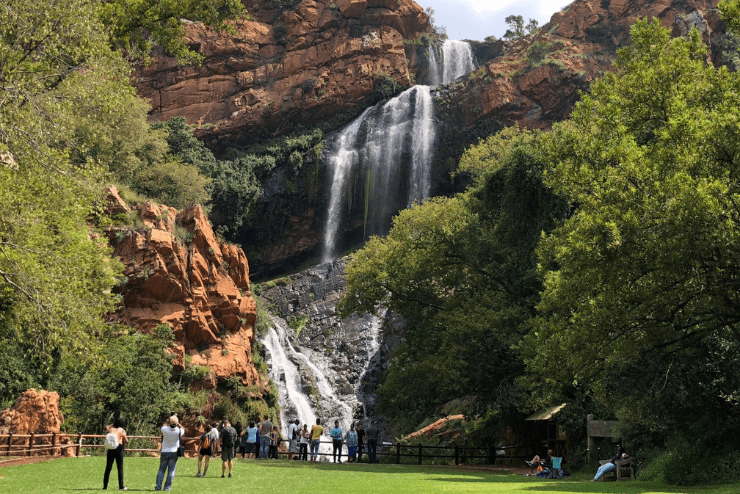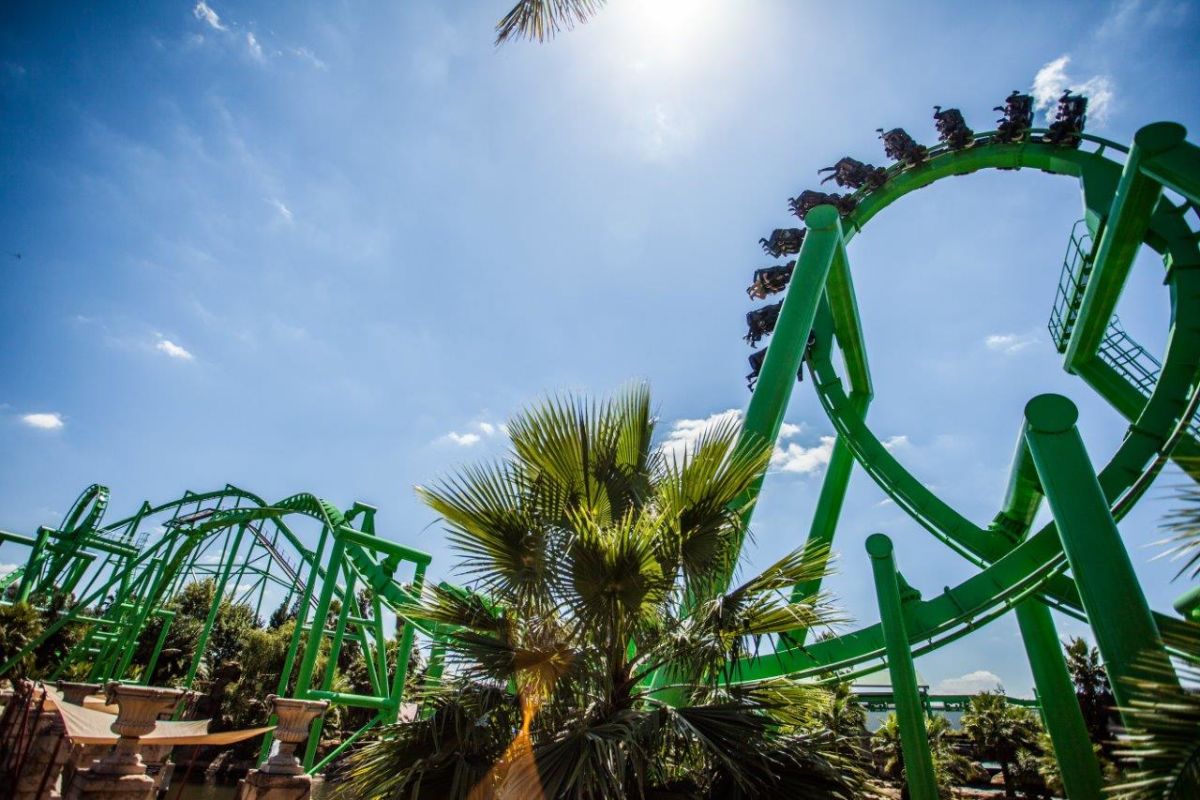Unknown Facts About Johannesburg North Attractions
Unknown Facts About Johannesburg North Attractions
Blog Article
A Biased View of Johannesburg North Attractions
Table of ContentsThe Facts About Johannesburg North Attractions UncoveredSome Known Questions About Johannesburg North Attractions.Our Johannesburg North Attractions IdeasSome Known Facts About Johannesburg North Attractions.The 6-Second Trick For Johannesburg North AttractionsThe Greatest Guide To Johannesburg North AttractionsThe Facts About Johannesburg North Attractions Revealed
You must keep protection in mind and visitors must continue to be alert at all times when in unknown surroundings. Speak to the residents when you are in community to locate out regarding the area you are remaining in. Johannesburg North attractions. When on the road (this does not relate to shopping center and other secure environments) ideal basic advice is to attempt your finest to resemble a regional and to prevent presenting any type of riches
Indicators on Johannesburg North Attractions You Should Know
Teacher Revil Mason O. J. (Thomson, 1946) discovered the Witwatersrand's pre-colonial history. His historical work blew up the 'em pty land' myth, according to which the region was without human habitation before the arrival of European settlers. In his magazines Prehistory of the Transvaal: A Record of Human Task (1962) and Beginnings of Black People of Johannesburg and the Southern Western Central Transvaal AD 3501880 (1986 ), Teacher Mason showed the extent of social and economic advancement in the area prior to Europeans set foot here.

About Johannesburg North Attractions
He acted with the government's authorization, approved after he had promised to keep his explorations key. In 1874, small-scale mining procedures were started in the Magaliesberg, where an Australian, Henry Lewis, had actually discovered gold deposits. In 1878, David Wardrop discovered gold in quartz veins at Zwartkop, north of Krugersdorp. In 1881, Stephanus Minnaar discovered gold on the ranch Kromdraai, near the Cradle of Humankind.
In March 1886, an outcropping (quickly to be called the Main Reef) was discovered, rather fortunately, on Gerhardus Oosthuizen's ranch Langlaagte. Some claim that the Lancastrian coal miner George Pedestrian uncovered this coral reef. One more travelling English miner, George Harrison (that had actually formerly operated in Australian mines) obtained a prospecting licence in respect of Langlaagte in May 1886.
He chose to go on in a pursuit for greener fields, and disposed of his Langlaagte case for the princely sum of 10. Alas: below lay the wealthiest goldfield ever before discovered. The discovery of this rich auriferous reef provoked a gold thrill that indicated completion of bucolic tranquillity in the southerly Transvaal.
It would certainly, within six years, become the biggest town in southern Africa. Within a years, it would make the Z. A. R. till then an anarchical and insolvent little state the richest country in Africa. By the turn of the century, the Z. A. R. was to surpass Russia, Australia and the United States of America to come to be the world's leading gold manufacturer, creating even more than a quarter of the world's gold.
Some Known Questions About Johannesburg North Attractions.
It was referred to as Ferreira's Camp, named after Colonel Ignatius Ferreira. He was a Boer traveler upon whom the British authorities had actually presented the standing of Buddy of one of the most Identified Order of St Michael and St George (qualifying him Full Report to the post-nominal letters C. M. G.) in gratefulness for his duty in the battle that had actually deposed the Pedi king Sekhukhune in 1879.
Soon the camp was including outdoors tents and wagons as newbies arrived daily from everywhere. By September 1886, some 400 individuals resided in Ferreira's Camp, which quickly boasted prefabricated iron and lumber buildings. 2 various other camps were established: Meyer's Camp on the ranch Doornfontein, and Paarl Camp. The latter was nicknamed Afrikander Camp; many individuals from the Cape Colony resolved there.

Johannesburg North Attractions Fundamentals Explained
This name got currency by word of mouth, such that the State Assistant attested the name to the Mining Commissioner on 9 October 1886. Stands in the village were auctioned on 8 December 1886. While some stands were cost 10, others were torn down for as low as sixpence.
2 years later on, these erven were to change hands for as high as 750 each. The tented camps diminished as a dorp of corrugated iron structures created and increased north of the mines located along the Key Coral Reef click for more Roadway. Areas such as Jeppe's Community (where working-class immigrants erected their houses) and Doornfontein (where the wealthy brand-new 'Randlords' started to construct their luxurious homes) were quickly added to the ever-expanding map of the community.
Johannesburg North Attractions for Dummies
Besides the road names, there were no signs of Johannesburg being located in a Dutch-speaking nation. Several years later on, C. W. Kearns O. J. (one of the initial kids enrolled at St John's College in 1898) would recall: 'A weird reality about Johannesburg was that, although it was in the [Boer Republic], almost everybody talked English and even the Government slaves dealt with one in English, unless they were initial dealt with in the Taal (or Reduced Dutch)'.
Britain had a passion in guaranteeing optimum conditions for gold manufacturing on the Witwatersrand, and that the gold was exported to London instead than Berlin an imperative made all the more clamant by the Z. A. R.'s boosting toenadering with Germany. Mine proprietors got on a clash with Head of state Kruger, whose policy of monopolistic giving ins (frequently granted to his cronies) prevented mining firms from acquiring materials of materials (specifically dynamite) and labour on their own, cheaper terms
The Facts About Johannesburg North Attractions Revealed
In 1890, the Volksraad had restricted the franchise to white males that had lived in the Z. A. R. for fourteen years or longer, thus disqualifying many of the immigrants (that took place to be the major factors to the fiscus). Anxiety for the vote was a mere pretext for promoting a different agenda; most uitlanders regarded themselves as temporary site visitors and had no intention of continuing to be page in the Z.
Report this page